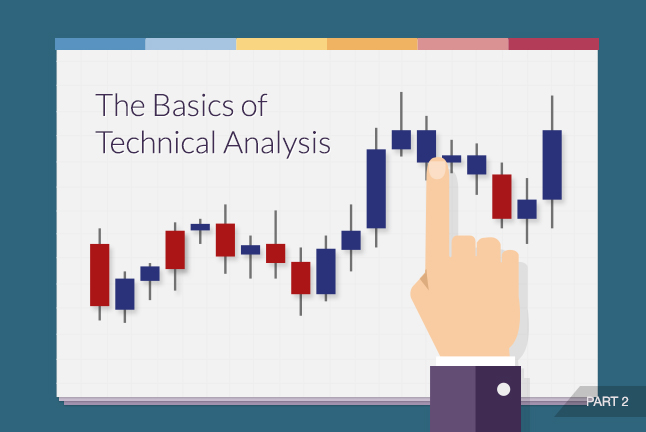This article is part two of a three-part series on the basics of technical analysis. This article will focus primarily on the use of volume and understanding the role of technical indicators to help interpret price action.
Volume of a stock is the number of shares that are traded on the open market during a given period. Volume is the reflection of the stocks activity and outlines the interest of all buyers and sellers. The size of the individual orders for a particular stock is combined with the trades of other buyers and sellers to build an aggregate volume profile for a specified period of time. Within the technical analysis community, volume is a method in which to measure the significance of a price move. The higher the volume, the more weight is given to the corresponding move in price. For many technical traders volume is a way to verify if a significant price move is justified or simply a momentary disagreement about the value of a stock’s price.

The prior article in this series (include link to prior article) discussed the role of support and resistance levels. The use of volume analysis near key support and resistance levels is referred to as volume at price. This analysis allows you to verify the validity of a support or resistance level. As volume activity increases near a key price level, you can begin to see how other traders are responding through the market about whether a particular price level will hold or fail. While there are several ways in which to visually display volume at price, this technique is widely utilized by both short and long-term traders alike.
In addition to the role of support and resistance levels and the integration of volume analysis, many traders utilize technical indicators to help interpret price action. While many technical indicators are based on their own unique formulas, most utilize moving averages in some capacity. Moving averages depending on their settings, can help identify short, intermediate and long-term market trends. One of the most common settings for this indicator is the 200 day moving average. The 200-day moving average takes the closing prices from the most recent 200 trading days and averages them together. As each trading day ends, the closing price for that day now becomes a part of the average. Each new calculation becomes a point on the chart. The result is an average that moves in concert with the price action and provides an indication of trend direction. This indicator is heavily monitored by both the retail trading community and institutional players.
While moving averages can be used to identify trends in the market, other technical indicators can be used to identify areas that provide deep value. The use of oscillators such as the stochastic indicator and RSI (Relative Strength Index) can provide insight to deeply overbought or oversold areas of the market. Both of these indicators are momentum based and constructed to identify the internal strength or weakness of a stock. This calculation measures the strength of recent up days and compares them to the weakness of recent down days. Most technical indicators can be used in a variety of market conditions and have several applications for both trending and non-trending situations.
The final article in this series will examine the use of trend lines and market internals used by traders to determine strength or weakness in the market.
This material is provided by Tradier, Inc. for informational purposes. Tradier Brokerage Inc. is a separate subsidiary of Tradier, Inc. and is not responsible for this content.
Tradier Brokerage has several technical analysis and charting platform providers available. Please click here for more information on these platform providers:
https://brokerage.tradier.com/platforms
To open a Tradier Brokerage account, please sign-up here: https://brokerage.tradier.com
Tradier Brokerage Inc. member FINRA/SIPC